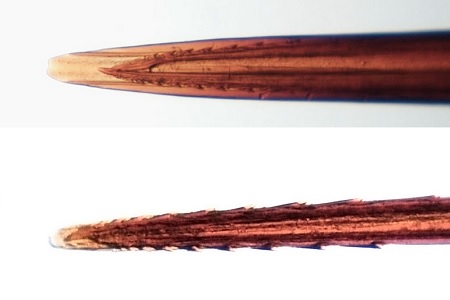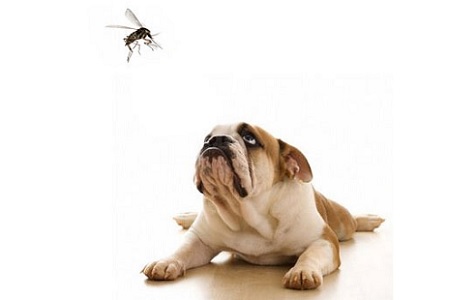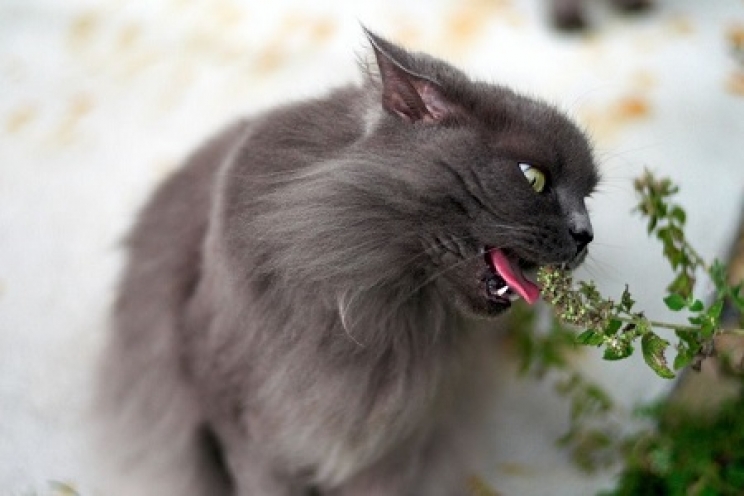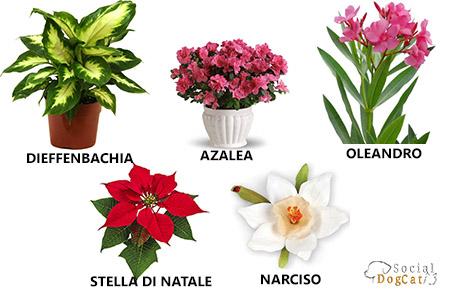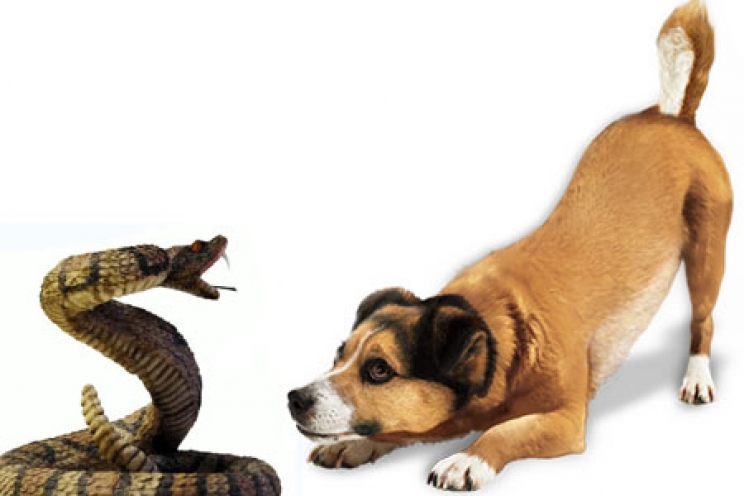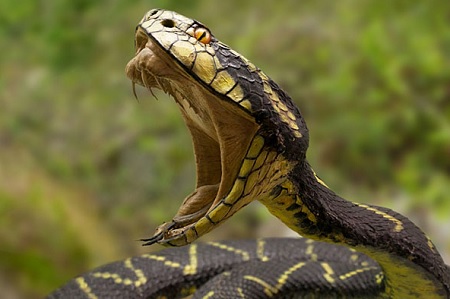Foxtails represent a great danger for our dogs, as they often tend to slip into the skin, ears or nose, causing quite serious consequences. So let's see why they are dangerous and how they can be safely removed.
“Foxtails” have spikelets that are formed when the wheat grows along peripheral roads, in the countryside or in parks. Foxtails are practically a constant danger, precisely because they can be found everywhere.
Why are foxtails dangerous?
Foxtails have a particularly pointed shape and are also very rigid, so they tend to slip easily anywhere. The entire surface of the ears, in fact, is covered by a series of very pointed quills, oriented in the opposite direction to the direction of the stem. For this reason, every time we touch them, they can hook onto clothes, skin or fur, remaining stuck until they are removed manually.

Who among us have experiences this plant stuck to our clothes? Let's think about what happens to our animals when they come into contact with these deadly plants.
It only takes a moment and the foxtail is stuck in the skin, fur, paws, ears, nose, eyes, foreskin and even in the animals throat if he ingests it. In addition, if we think about how bad that spikelet stuck on our pants hurts, imagine how bad it would hurt if they were stuck on the animals body.
The consequences are not only related to pain and discomfort that the foxtail can cause. In fact, if they are not removed promptly and correctly, they can create inflammation and consequently lead to infections that are more serious. In these cases, we notice it because in the point where they are stuck we can see a reddish mark, rather raised and, by removing the foxtail, a real hole will appear on the skin, from which blood or pus can leak out.
The problems become even more relevant if the foxtails are located in very delicate locations, such as the nose, eyes, ears and throat. These spikes, in fact, in addition to damaging the area, can also cause serious injuries to local organs, for example by puncturing the eardrum or reaching the lungs and stomach, where they would get stuck creating serious consequences.
How to remove them
Our advice is to remove only those resting on the animal's skin, without being totally stuck yet. The main risk, in fact, is to break them, leaving a part of it inside the ear, nose or skin that can inflame or infect the whole area.

When we are taking care of rather sensitive parts of the body we should absolutely take the animal to a vet, who knows the right techniques to remove them and can intervene if they break. It will also be able to identify any consequences produced by the foxtail in the animals body.
In any case, we should always try to prevent the dog or cat from getting filled with these spikelets. We should avoid places where we already know for sure we will find them. Furthermore, when we are returning from our daily walk, let's check the entire body of the animal, removing any foxtails that have rested on the hair which might then stick inside afterwards.
If we see that the dog starts coughing, sneezing or shaking his ears, we immediately check if there are any foxtails in that area, and remove the ones that are slightly stuck on the skin. Same goes for the fingertips, another site frequently affected by the problem. The spikelets might get stuck in that area too, so lets make sure we check the fingertips area as well.
For dogs with long ears, such as Cockers and Basset Hounds, it may be a good idea to wrap an elastic headband or a light scarf around the head, which keeps the ears suspended and protected.






